The Ultimate Guide to Growing Your Own Food
From Small Space Gardens to the Backyard
Whether you have a windowsill, a patio, or a full backyard, growing your own food is one of the most empowering steps toward self-sufficiency, health, and sustainability. This guide is here to help you get started, no matter your space, skill level, or climate.
Why You Should Be Growing Food
Growing your food and gardening isn’t just a hobby; it’s a lifestyle shift.
Here are just a few reasons to get your hands in the soil:
HEALTH BENEFITS
Homegrown food is more nutrient-dense, fresh, and free from chemical residues. It also has many physical and mental health benefits.
Cost Savings
A packet of seeds can yield pounds of produce. Over time, a small garden can drastically reduce your grocery bill.
SELF-SUFFiCIENCY
Growing even a portion of your own food builds resilience and reduces dependency on a fragile food system.
Choosing the right set-up
Should you plant a Raised Bed, Container, or Vertical Garden?
Raised Beds: Great for larger outdoor spaces, offer better soil control, and reduce weed pressure.
Containers: Perfect for patios, balconies, or small backyards. Use 5-gallon buckets, grow bags, or recycled pots.
Vertical Gardens: Ideal for extremely tight spaces. Use trellises, hanging baskets, or wall-mounted systems.
Each setup has its pros and cons, but all can produce fresh, delicious food.
Click the button below to read our comprehensive guide on Backyard Gardening.
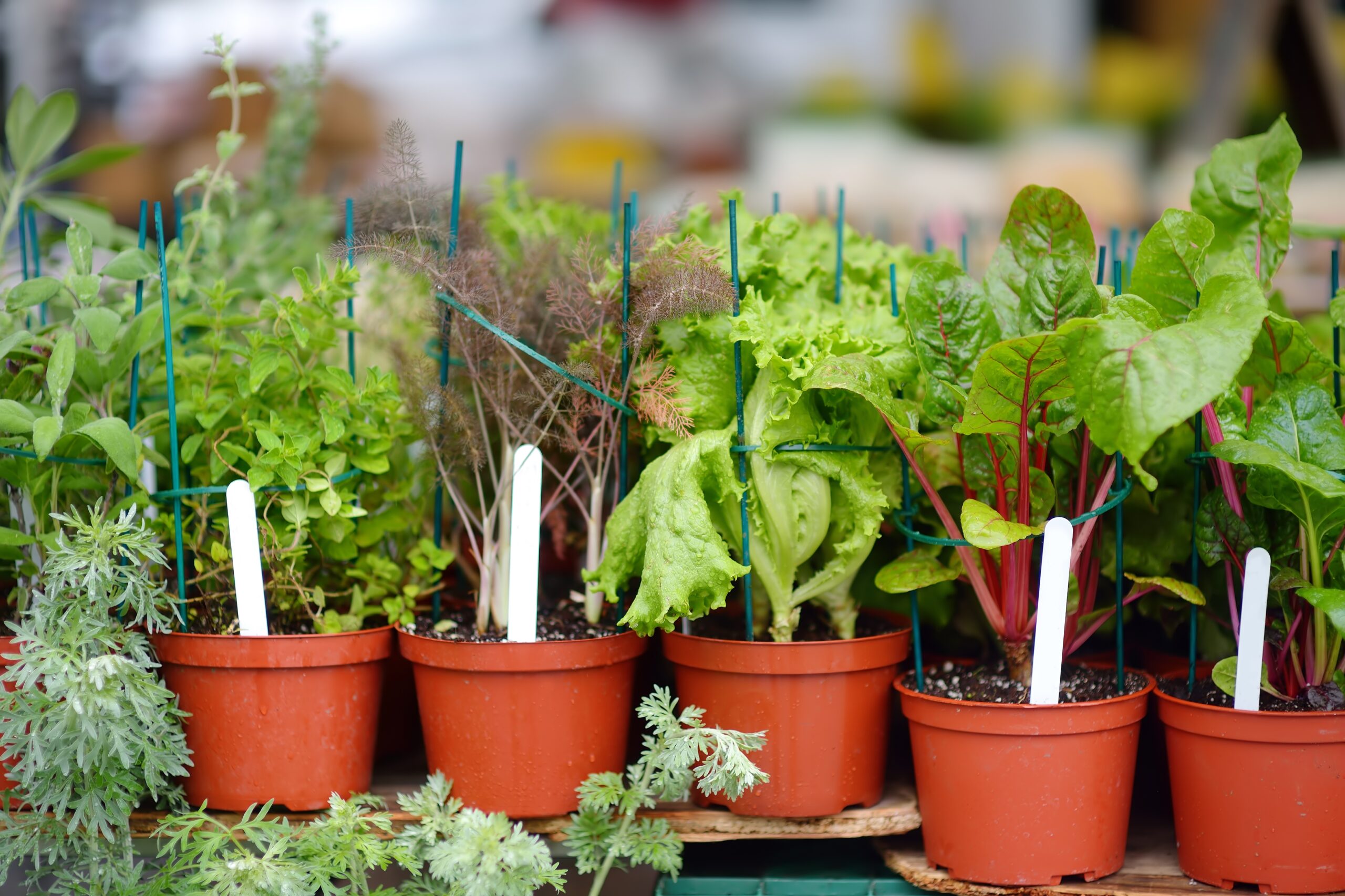
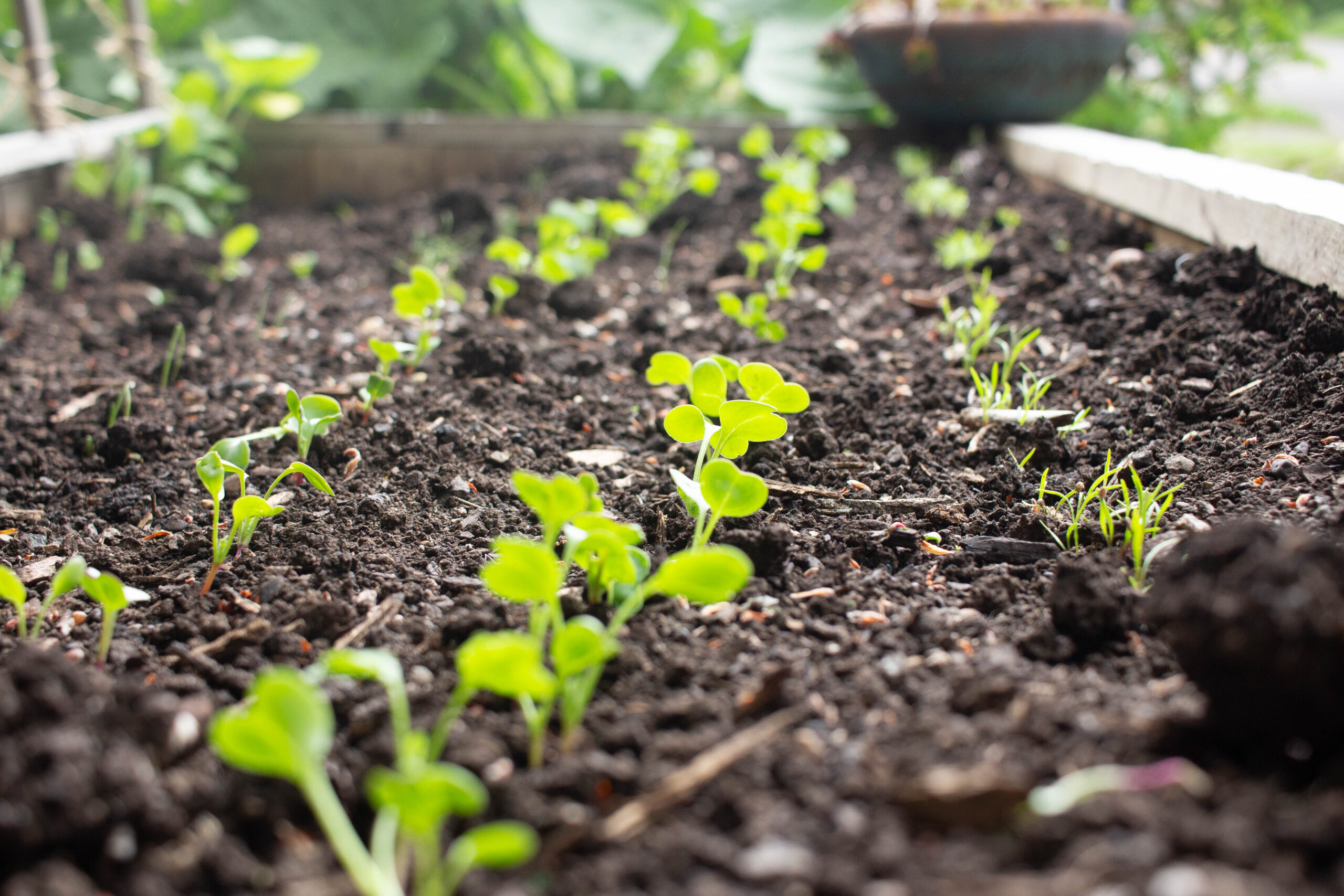
Best Plants for Beginners
Start with easy-to-grow crops that thrive in your region. Use your USDA Hardiness Zone as a planting guide:
Looking for a zone-specific planting calendar?
Click the button below to download our free "Planting by Zone" Seasonal Garden Planner.
“
Growing your own food is like printing your own money
- Ron Finley -
”


Soil, Sunlight & Watering
Building Healthy Soil and Growing Strong Plants, Naturally!
Good soil is the foundation of a healthy garden. Here's how to build it:
- Compost: Add kitchen scraps, leaves, and grass clippings to enrich soil.
- Worm Castings: A powerful, natural fertilizer loaded with beneficial microbes.
- Mulch: Retains moisture, suppresses weeds, and feeds soil as it breaks down.
Building resilient and robust plants requires a few necessary things:
Sunlight: Most vegetables need at least 6 hours of direct sun. South-facing locations are ideal.
Watering: Water deeply 2–3 times per week rather than a little each day.
Shade Cloth: In very hot climates, use shade cloth to protect crops like lettuce or spinach from bolting.
Click the button below to check out our article on "Everything You Need to Know to Garden Like a Pro: How to Build Healthy Soil and Resilient Plants."
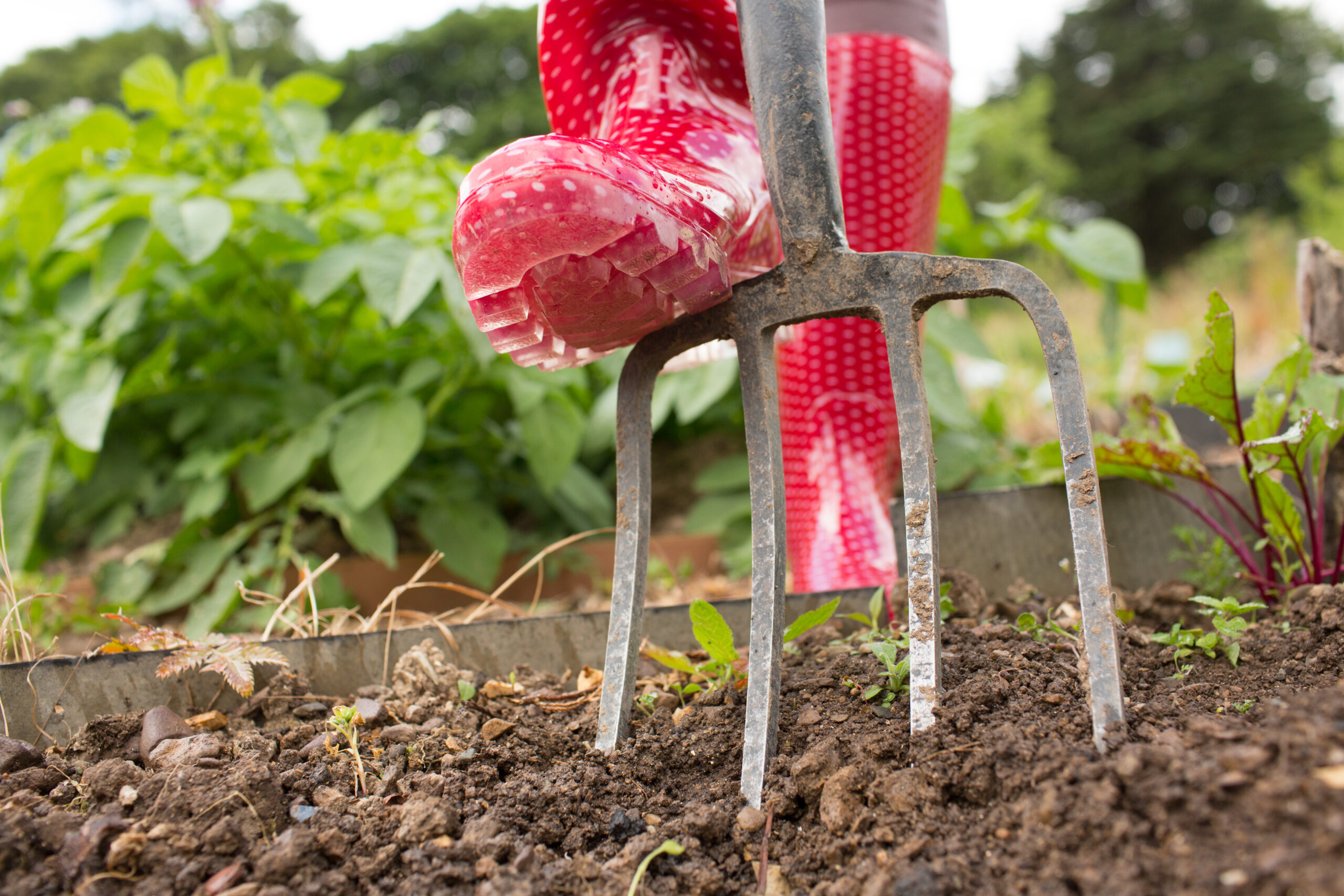
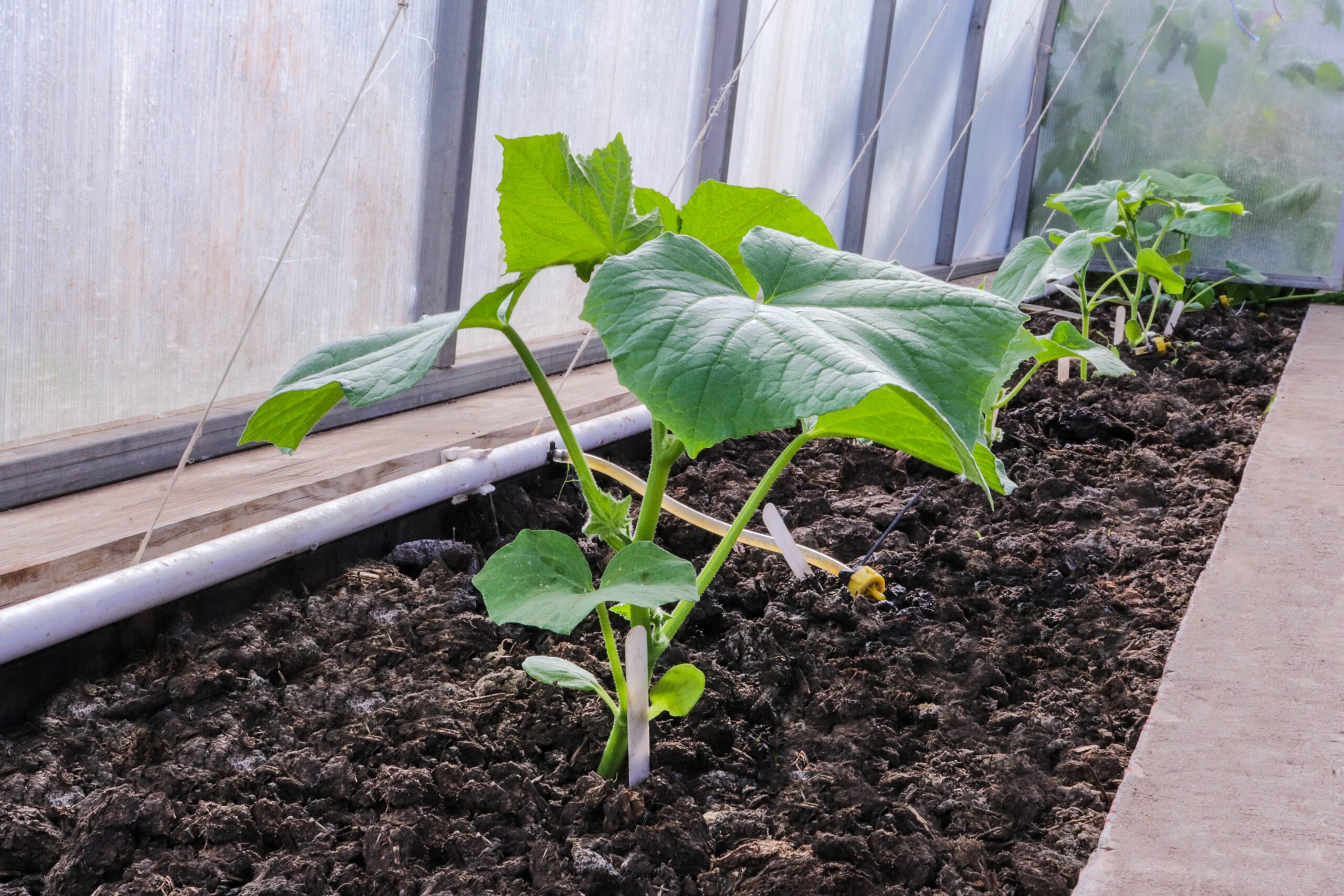
Extending the Growing Season
Want to keep growing into the colder months?
- Row Covers & Low Tunnels: Protect from frost and create a mini greenhouse effect.
- Cold Frames: Great for hardy greens and herbs.
- Shade Covers: In hot zones, shade cloth extends the season for cool crops.
Click 'learn more' below to read our complete article on how to extend the gardening growing season with simple, practical, and affordable solutions.
Common Pest & Natural Remedies
You don’t need chemicals to deal with garden pests. Here are a few organic solutions:
- Aphids: Spray with soapy water or introduce ladybugs.
- Tomato Hornworms: Hand-pick or use BT (Bacillus thuringiensis).
- Slugs: Use beer traps or copper tape around containers.
Companion planting (like marigolds near tomatoes) can also deter pests.
Click below to read our article on how to combat pests using natural remedies.
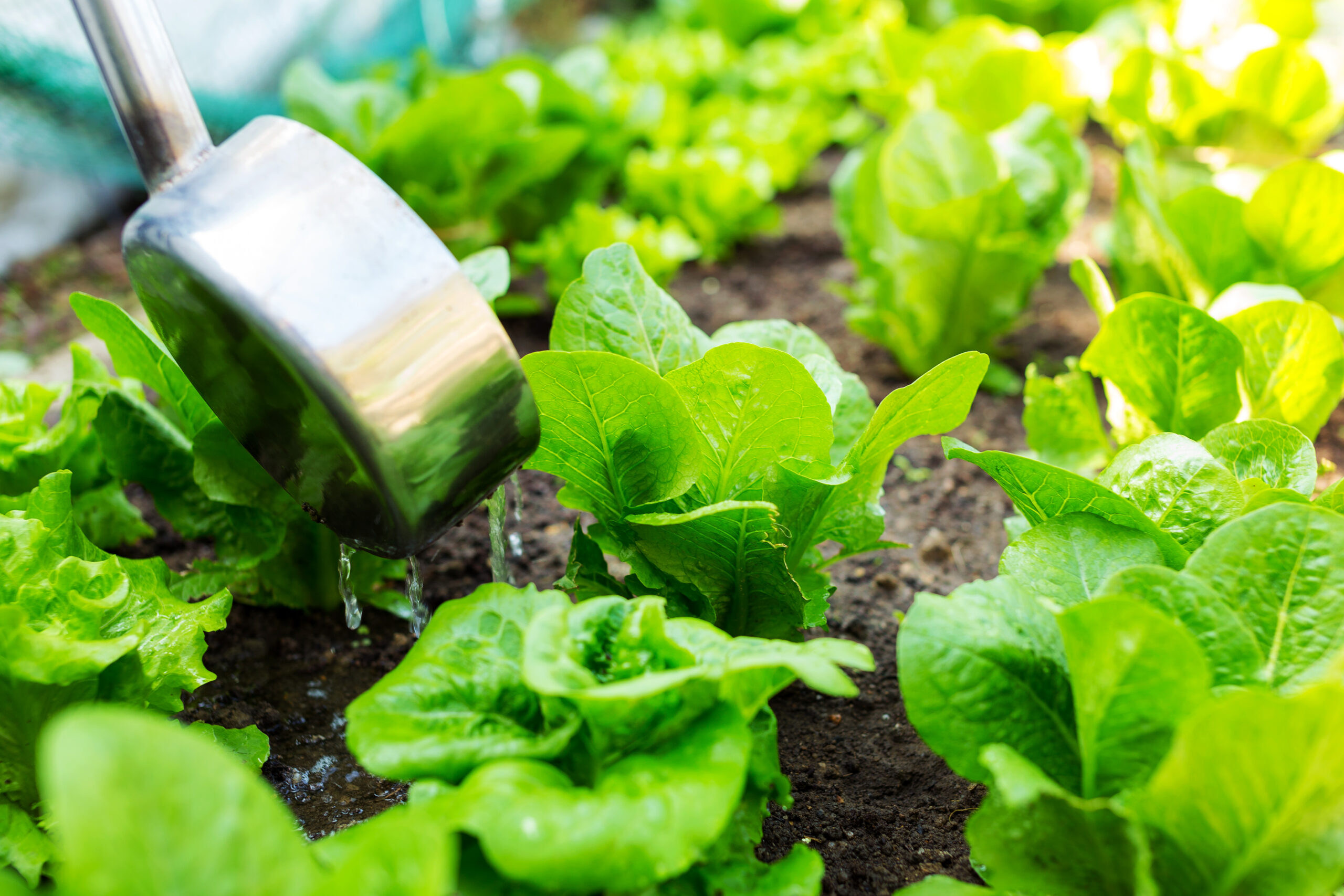
Ready to take Action?
Download our printable Garden Planner to map out your crops, track planting dates, and rotate your garden like a pro.